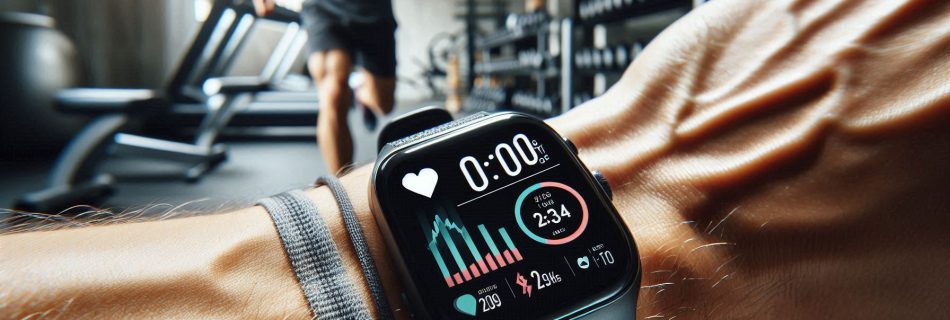Wearables & Workout Habits: What the Data Tells Us
Wearable fitness technology has come a long way since its inception as a simple step-counting device. Initially, pedometers were basic gadgets designed to tally the number of steps a person took in a day. Their primary function was straightforward: to provide users with a tangible measure of their physical activity, thereby encouraging more movement. While …
Read more “Wearables & Workout Habits: What the Data Tells Us”









